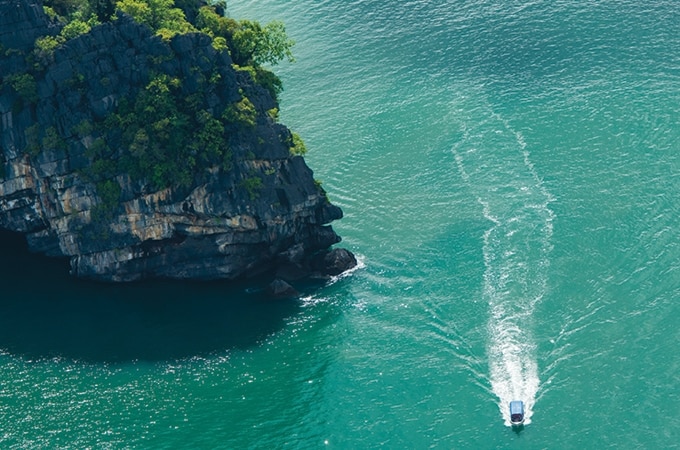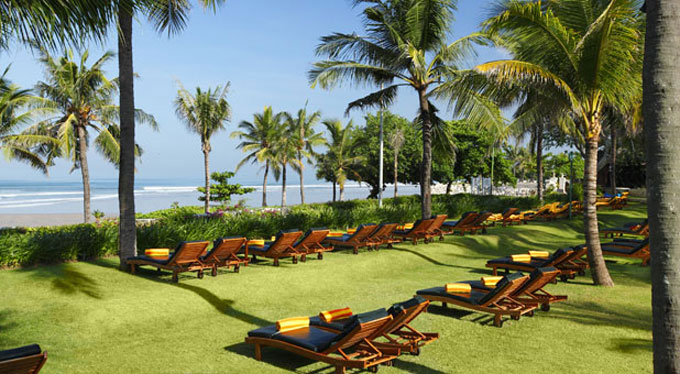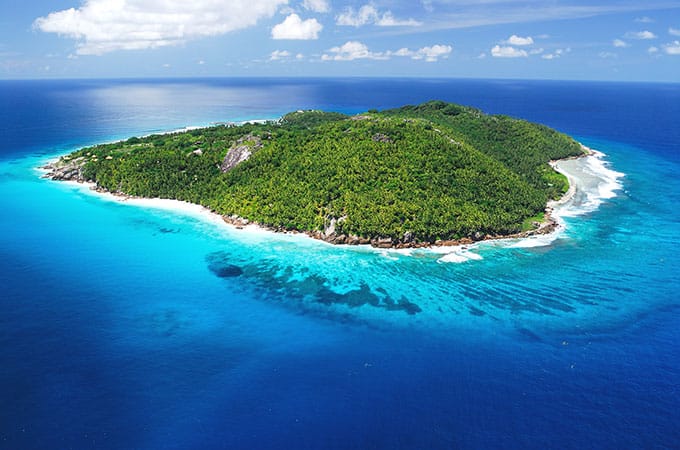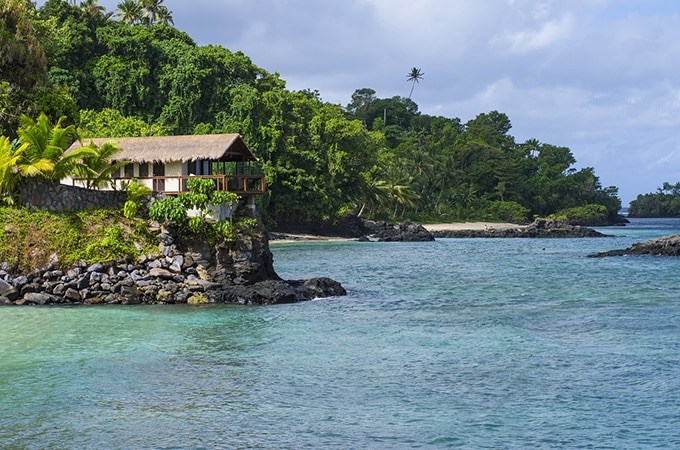From spicy streetfood in Penang toserious R&R on Langkawi, Ginny Cumming discovers the charms of two of Malaysia’s most beloved islands.
As a travel writer, there are certain overused phrases that you try your damnedest to avoid. A “fascinating melting pot of cultures” is a classic example, but every so often you’re left with no option than to bust it out. My first port of call on a recent trip to Malaysia was one such occasion. The island of Penang, situated off the northwestern coast of the Peninsula Malaysia, has one of the most diverse and interesting cultures in the country – if not the whole of Asia. It reflects the colourful heritage of its many races, including Chinese, Malay and Indian, and of its British colonial past. The result is indeed a fascinating melting pot of cultures. Oh, and some seriously good food. But more about that later.
For most people, a trip here starts in the capital, George Town. Its bustling streets are home to an appealing, eclectic mix of colonial architecture that helped the city be listed as a UNESCO World Heritage Site in 2008, and intriguing street art that ends up on every visitor’s Instagram page.
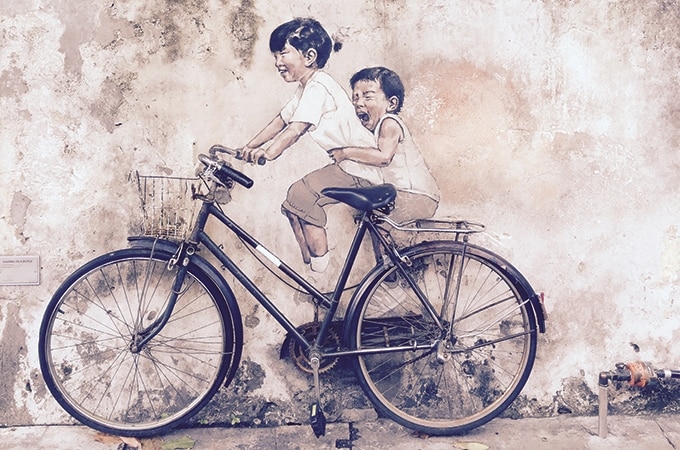
Other attractions around the island include Entopia a mega-famous tropical butterfly farm, and Penang Hill, a popular resort since the 18th century when visitors were taken up on horseback or special sedan chairs. These days you can get there via cable car – at the 735m summit you’ll find fab views and The Habitat, a lush rainforest experience featuring zip lines, a canopy walk and a swing for two.
Back on ground level, in the heart of George Town, is the stunning Blue Mansion, or Cheong Fatt Tze. These days it’s a boutique hotel and top-notch restaurant, but make sure you take a guided tour for a glimpse into the grandeur of 19th-century Penang. More specifically, make sure you take a guided tour at 11am on a Friday, which is the one tour of the week that’s (usually) conducted by the owner, Mrs Lo. A more inspiring, passionate and charismatic person you are unlikely to encounter, and the social history and local gossip she throws in really sets this tour apart.
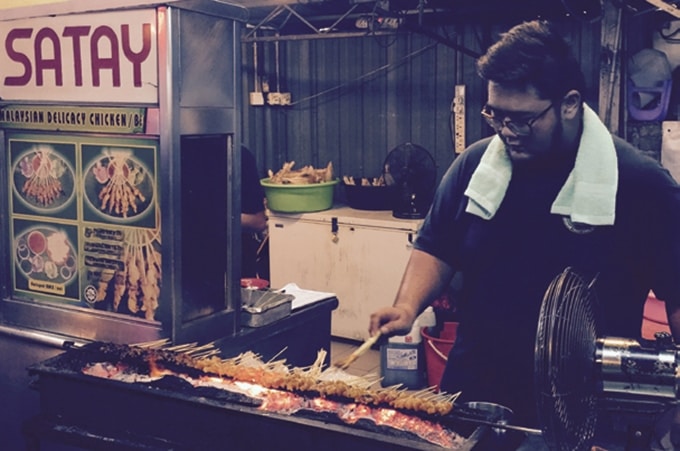
But let’s be honest: Penang is really all about the food. People come from all over the world – and the rest of the country – for gourmet getaways in this, the food capital of Malaysia. Penang cuisine is a spicy, flavourful smorgasbord of Malay, Chinese and Indian, with a sprinkling of Baba-Nyonya (Peranakan) cuisine – a fusion of Chinese and Malay cooking.
When it comes to dining, you can’t go past Penang’s ubiquitous hawker street stalls. Kind of like indoor/ outdoor food halls serving Chinese, Malay and Indian ‘fast food’, they’re fun, bustling with life, ever-so-slightly grotty-looking… and home to probably the best – and cheapest – food you’ll eat in Malaysia. You simply order from different stalls (whatever takes your fancy), take a seat and in mere moments your dishes will be brought to your table. The food is ridiculously good and crazy cheap – think huge plates of char koay teow (rice noodles) for MR5 – around AU$1.60. This is the Holy Grail of eating abroad: an authentic dining experience where you’ll sit side-by-side with the locals as you enjoy delicious, affordable food.
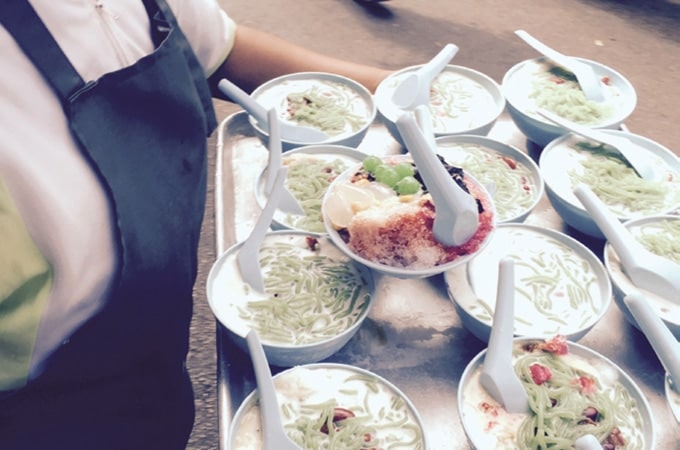
Other don’t-miss culinary experiences include Penang Assam Laksa, an addictive spicy-sour fish broth with noodles (a few years ago CNN voted this the seventh- best food in the world), and an icy dessert treat from Penang Road Famous TeoChew Chendul, featuring shaved ice, fresh coconut milk, Chendul (made from palm flour and green pandan), a brown-sugar syrup and, um, red kidney beans. It’s so beloved you can expect to queue for this treat pretty much all day long.
Finally, if you travel to Penang during peak durian season (usually June-July), be warned: the fruit is the favourite food of pretty much every local you’ll meet, and you will (*gag*) be invited to try it. This is an acquired taste, and – how can I put this delicately – one I have yet to acquire. However, if you want to eat like a local you’ll need to try this famously fetid ‘King of Fruits’. You’ll also need to be prepared to consume a lot of food. Penangites can eat up to six or seven times a day – I met people I swear must have been Hobbits, enjoying second breakfasts and hearty lunches before stopping off for churros on the way back to the office, to tide them over until their evening meals (yep, meals, the plural is intentional). As Mrs Lo explains: “True Penangites are either eating, or we’re talking about food. The food here is made for the locals, not for tourists… but the tourists love it, too.” And her tip for the best spots to grab a bite? “We take our food seriously here, so if a place is open, it’s good. If not, it closes down. It’s that simple.”
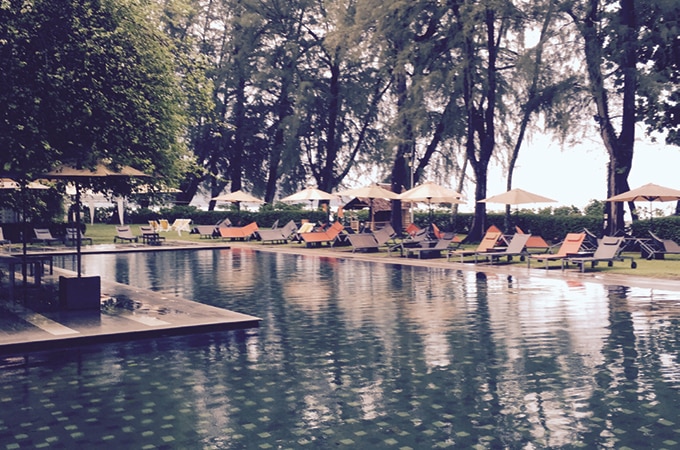
Where to stay in Penang
Penang is not only the food capital of Malaysia, it’s also popular thanks to its palm-fringed beaches. Batu Ferringhi, located on the north side of the island, is one of the best. It’s home to Lone Pine Hotel, which was built in 1948, but restored in 2010 and transformed into a retro boutique hotel. The original colonial building features vintage furniture and album covers from the 60s and 70s on the walls, while the low-rise addition is bright, spacious and contemporary. You can walk straight on to the hotel’s private beach, or lounge by the designer saltwater swimming pool. This iconic hotel is the perfect place in which to sleep off the food-induced coma a gourmet getaway in Penang is sure to inspire.
The island of Langkawi is just a 25-minute flight – and a world – away from the bustling streets of Penang. Its real name is actually Pulau Langkawi – this is the largest of 104 islands that make up the Langkawi archipelago (real name Langkawi Permata Kedah), only a handful of which are inhabited. Located 30km off the coast of northwestern Malaysia, where the Strait of Malacca meets the Andaman Sea, Langkawi is super-close to Thailand (Koh Lipe is only a 30-minute boat ride away).
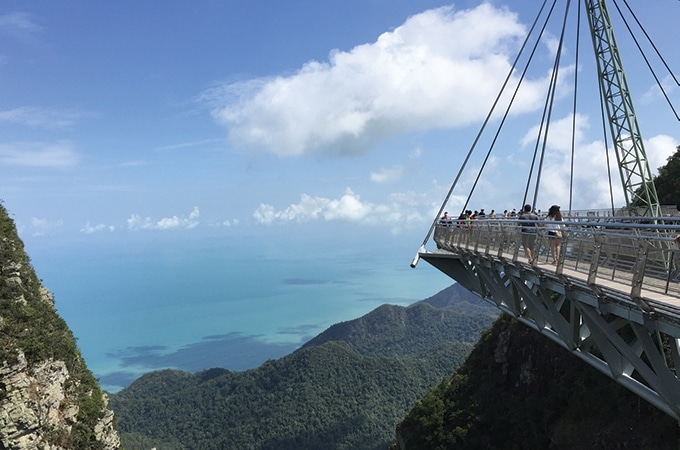
Once a paradise for pirates, the entire cluster of islands is a geological and ecological wonderland, and in 2007 was awarded UNESCO Global Geopark status. Fewer than 100 areas in the world have been afforded this coveted honour, and only three in all of southeast Asia. Home to mountains, jungles, waterfalls and sweeping beaches, Langkawi’s natural beauty is its major drawcard. For a glorious overview, head to its second- highest peak, Gunung Mat Cincang – getting there is half the fun, thanks to Langkawi SkyCab. The cable cars apparently have the steepest gradient in the world – take one of the special glass-bottomed gondolas for a brilliant bird’s-eye view. At the summit, the views are magnificent, and timing your visit so you can enjoy sunset cocktails is highly recommended. Best of all, at the end of the ride there’s the SkyBridge. This 125m-long curved bridge is located 660m above sea level, suspended above Gunung Mat Cinchang. The views are extraordinary and walking across the bridge – dotted with glass panels for an extra thrill – is a must.
At 800 metres, the highest peak in Langkawi, Gunung Raya, offers yet more spectacular views, but without the crowds. It’s a bit of a drive to get there, but a quick detour for a swim at Tanjung Rhu Beach will break the journey. This is the same stretch of beach that Four Seasons Langkawi calls home.
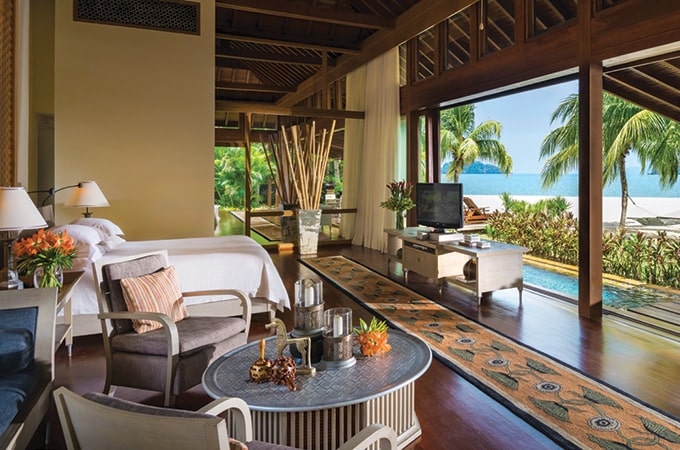
Ah, the Four Seasons Langkawi. Its exquisite setting, cool design and über-luxe fittings can’t truly be captured in photos, but this is definitely one of the top spots in Langkawi for a much-needed dose of pampering and luxury. My Beach Villa was a haven of oversized gorgeousness (soon to be even more gorgeous, following extensive renovations). Outdoors there are tranquillity pools, a hammock, outdoor shower and private pool, while inside there’s a bath as big as my kitchen back home, and a dedicated private massage room. Yes, really.
At the super-stylish adult quiet pool, eight private cabanas beckon, with fresh fruit platters, Champagne and cool treats such as ice lollies and watermelon arriving unbidden, and foot massages for two a poolside treat. At night, dinner can be taken at one of the resort’s three restaurants, including Kelapa Grill, all rustic beach-glam with soaring ceilings, chandeliers made from coconut shells and floodlit palm trees framing tables that sit right on the beach.
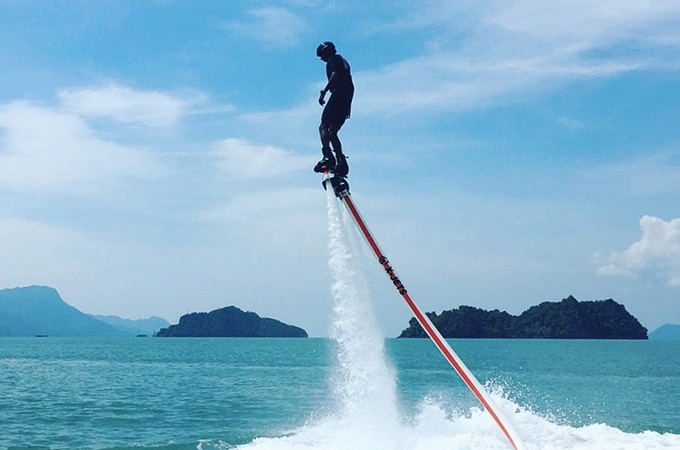
The resort’s famous mangrove tour cannot be missed (they even pick you up on the beach outside your room). Meandering through waterways framed by tangled mangroves and 550-million-year-old cliffs, your guide will point out the local flora and fauna. This is one of the most diverse tropical ecosystems on the planet, so look out for eagles, monkeys and walking fish. If you’re lucky enough to have resident naturalist Aidi Abdullah as your guide you’ll be inspired by this passionate advocate of the natural environment. You’ll also be regaled by his hugely entertaining stories (some of which will go to my grave). One that can be shared demonstrates the impenetrability of the mangroves, thanks to the 100m ‘dash’ that they arranged in the lead-up to the Olympics a few years ago. In comparison to Usain Bolt’s world record time of 9.58 seconds, here it took 23 minutes – with multiple injuries.
If you do want to get active, Four Seasons Langkawi is the first place on the island to offer jetblading, the most epically awesome activity I’ve yet to experience at a hotel. Standing on foot jets propelled by nothing more than water (via a stationary jet ski), it’s pretty much like flying above water. I was dumped approximately four thousand times before I finally got the hang of it, and even then what felt like 10metres was probably only two, but what an experience! Do. Not. Miss. This.
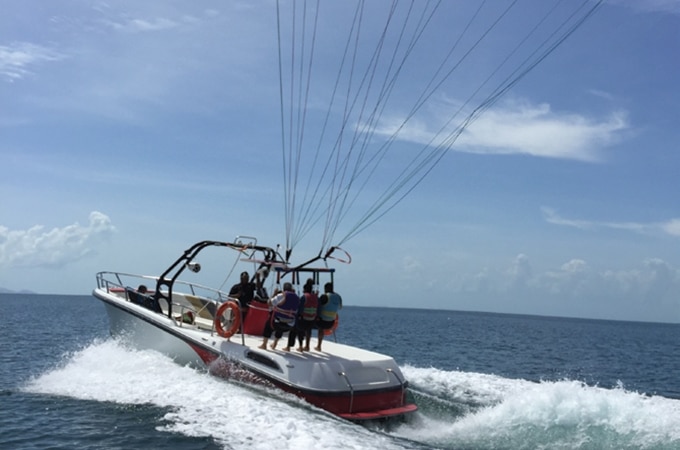
But this trip was all about relaxation, so after such a thrilling afternoon there was only one thing for it: a massage at The Geo Spa at Four Seasons Resort Langkawi. With four unique treatment series inspired by the core elements and the most stunning setting you can imagine, including six open-air spa pavilions that seem to float among reflecting ponds, it was a fittingly relaxing end to a super-luxurious R&R getaway.
Other things to do in Langkawi
- Head to the night markets, held every night in various spots around the island. In Pantai Penang, the night market is held on Thursdays, but you can shop, dine or drink at one of the many open-air bars every night of the week.
- Take a sunset cruise and pass Langkawi’s famous landmark, Dataran Lang – a 12 metre-tall sculpture of an eagle – en route to dinner and drinks on the water.
- Step it up a notch and get your private butler (gcbutlertravel.com) to organise an island-hopping trip on a private yacht, complete with your own chef, butler and massages for two.
- Go paragliding with NAAM (naam.bz). Exhilarating, smooth and not remotely scary, it’s intoxicating to take to the skies above the blue waters of the island. This breathtaking experience is an absolute must.
The writer travelled to Malaysia with Air Asia as a guest of Tourism Malaysia and with assistance from LADA.
The gallery
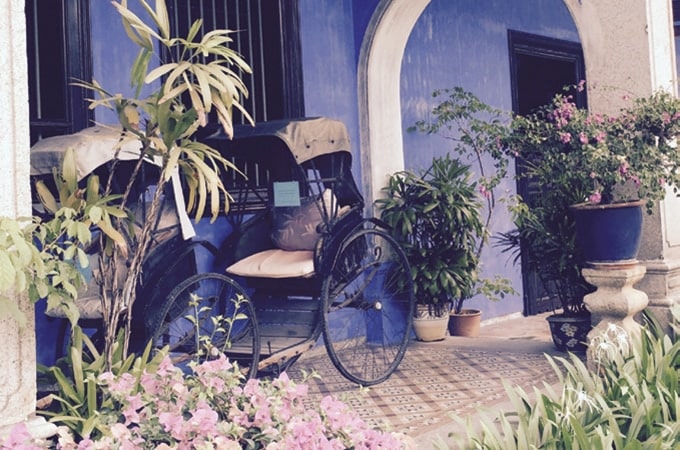
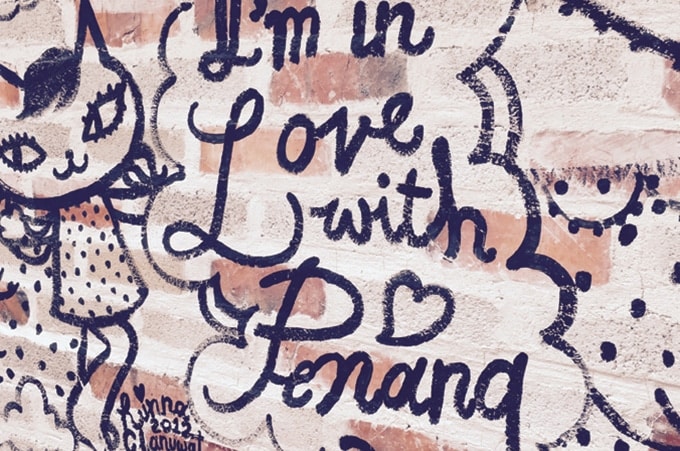
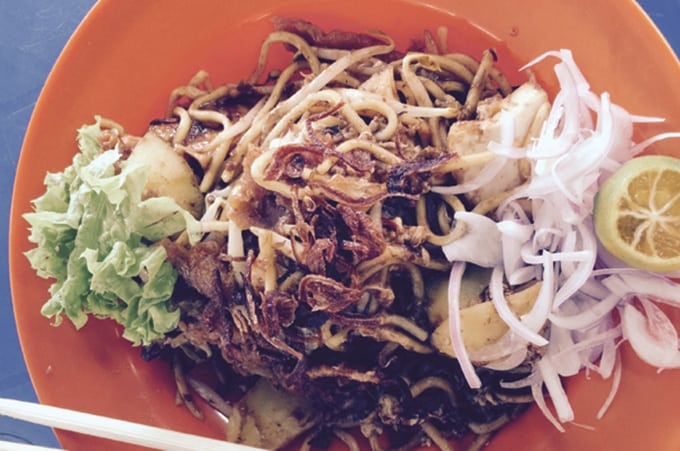
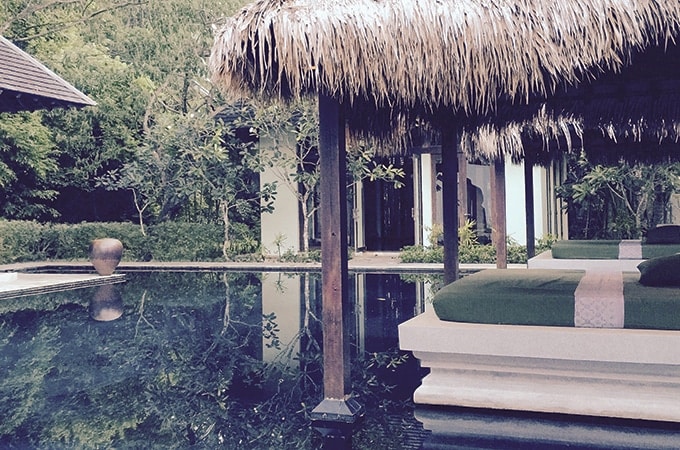
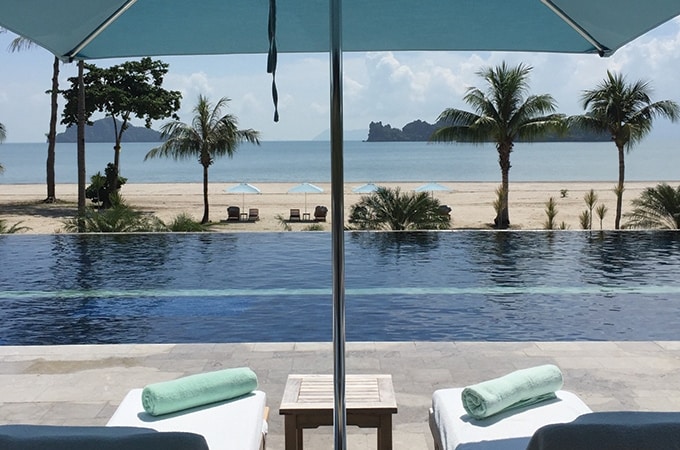
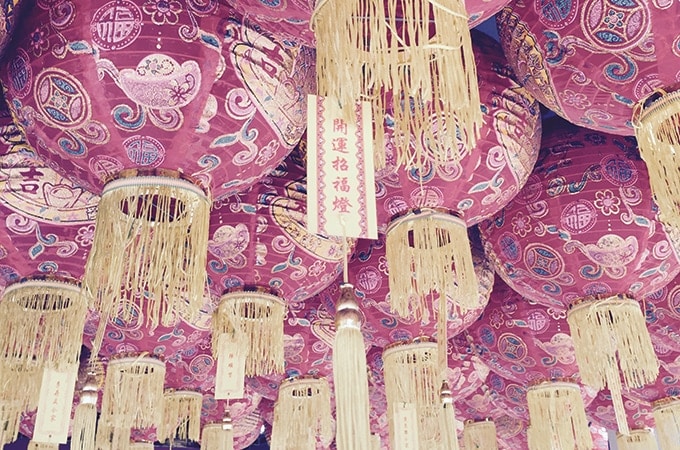
Related article: Plan the perfect holiday or honeymoon to Langkawi with our comprehensive travel guide.
